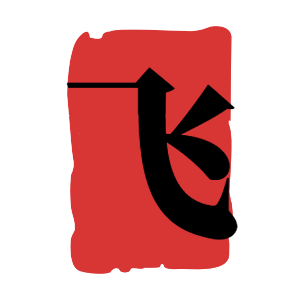探索cabbage的复数形式,让你轻松掌握英语用法,不再头疼变形问题!
探索英语名词的复数形式,尤其是像"cabbage"这样看似简单的词,其实可以让你轻松掌握英语用法,不再为变形问题头疼。cabbage的复数形式是"cabbages"。这个变形遵循了英语中大多数以"-ge"结尾的名词的复数变化规则,即直接在词尾加"-s"。这个规则相对简单且应用广泛,比如"orange"变成"oranges","butter"变成"butter",都是同样的道理。
理解并掌握这类规则化的名词复数变化,可以帮助你避免许多常见的错误,提升英语表达的准确性和自信心。同时,这也体现了英语学习的规律性,很多变化是有迹可循的,并不需要死记硬背。通过这样的探索,你会发现英语学习可以变得很有趣,而且充满逻辑性。
所以,当你再遇到类似"cabbage"的名词时,不必再感到头疼。记住,对于以"-ge"结尾的名词,通常加"-s"即可形成复数。这种探究式的学习方法,不仅能让你轻松掌握英语用法,还能让你在语言学习的道路上走得更远、更稳。

